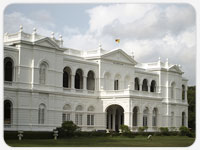
The Colombo museum as it was called at the beginning was established on 1 January 1877. It founder was Sir William Henry Gregory the British Governor of Ceylon (Sri Lanka) at the time. The Royal Asiatic Society (CB) was instrumental in bringing to the notice of Gregory on his appointment as Governor in 1872 the need for a public Museum with much difficulty the approval of the legislative council was obtained within a year.
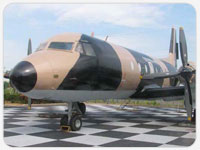
A visit to this establishment would be a unique experience for enthusiast of aviation of all ages. The museum offers an insight not only into the history of the Sri Lanka Air Force but also a comprehensive picture of aviation in general. Starting from the R.A.F. operations of World War II to the combat operations of the S.L.A.F.
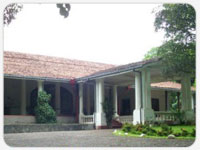
The beautiful building known as "Ehelepola Walauva" located at Ratnapura - Colombo road was opened for the public as a museum on 13th May 1988. It has exhibition rooms which contain prehistoric archaeological inventions, natural heritage, geological, anthropological, zoological artifacts and models related to the Sabaragamuva Province.
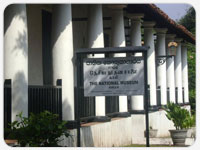
The Galle National Museum is established in the oldest Dutch building of the Galle fort, constructed in 1656. To aware the public on traditional cultural heritage of Southern Sri Lanka, the Department of National Museums developed this museum and opened to the public on 31st March 1986. Galle National Museum displays a wide range of archaeological and anthropological objects inherited in Southern region.
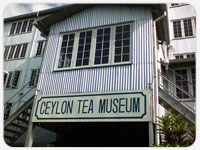
Built in 1925, the spacious four storied Hantane Tea Factory, had been abondoned for more than a decade when it was earmarked for the Museum Project undertaken by the Sri Lanka Tea Board and the Planters' Association of Ceylon. Today it stands as a proud monument to the success story that is Ceylon Tea and it is one of the best of it's kind in the world.
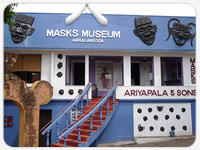
This museum is designed to introduce into the richness of the mask tradition of Ambalangoda and to strengthen this cultural heritage. The museum, the workshop and the small library (containing all available anthropological literature on masks performances) may serve as a centre for traditional arts and crafts and for research as well.
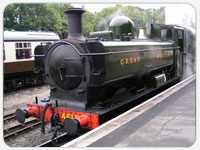
Naional Railway Museum has been opened in the former railway terminus there in May 2009. "At present the number of exhibits is small but in 2010 the curator informed me that some 15 broad and narrow gauge steam locomotives, currently stored at Dematagoda shed and works will be transferred to the museum - so well worth anyone's visit in 2010